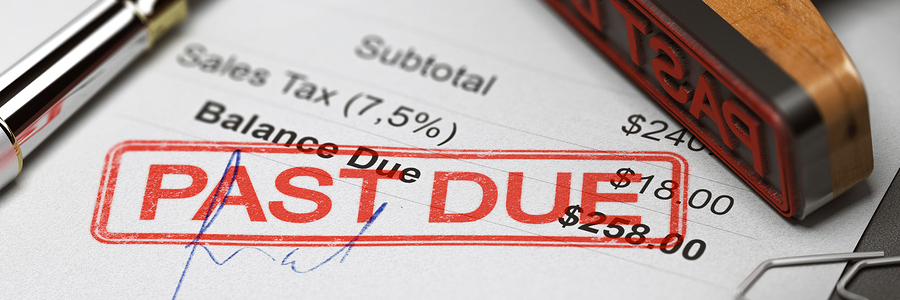
It’s no secret that managing your client accounts can be a challenging task. From getting a new vendor set up to keeping track of their payment patterns, there are countless challenges that can arise. This article details some strategies you can implement to get better results from your client relationships. Read on to see how you can get nonpayments under control and improve the overall profitability of your business.
TheCreditApp.org
Create a payment reminder
There are many ways that you can remind your clients about upcoming payments, but creating a payment reminder is one of the simplest and most effective ways to ensure that payments are timely and on-time. First, create a reminder on your online accounting software. Then, create a reminder on each client invoice that you want the client to pay. Moreover, make sure that the reminder is sent at least two weeks before the due date. This way, it will help you remind your clients that they need to pay their invoice. Now, if you receive a payment that is less than two weeks late, then you should mark it as late and send out a reminder to your client. This way, your client will be reminded that they have an upcoming payment and will likely be more likely to pay it on time.
Hold on to invoices until payments arrive
If you are new to the world of accounting, then you may assume that you can get away with holding your clients’ invoices until they pay you. However, this is not the case in the accounting world. In fact, each accounting software has a policy of holding client invoices that have not been paid and reporting them to the credit bureaus.
This could damage your credit rating as a business. What should you do if you have clients who do not pay their invoices? Well, first of all, you need to consider if you want to hold onto the invoice or simply write it off right away. If you choose to write it off right away, then you should do so after holding it for at least 30 days. This way, you can decide if you want to try and collect the money from your client again. In this case, you should write a letter to your client explaining the situation and asking them to pay the money that you are holding.
Set up an automatic payment release for recurring clients
A recurring client is a client who has paid you more than once for a project. Therefore, you can set up an automatic payment release for recurring clients so that you will not get charged for any future payments. First, create a payment release on your accounting software. Then, for each client, you want to create a payment release. When a recurring payment is released, it should be marked as released. On the other hand, a one-time payment, should be marked as paid. Now, you can create a standard recurring payment. You can also create different payment schedules, however, it is recommended that you set up a regular payment schedule that you use every month. This way, you will not have to remember when each payment is released, which will save you time.
Implement a non-refundable membership fee
If your clients are always late with payments, then you may want to consider implementing a non-refundable membership fee. A membership fee is a fee that clients don’t have to pay at the beginning of every project, but they have to pay whenever the project is completed. This way, your clients will be required to pay for the project, even if they do not have the budget for it. Therefore, you will have the chance to collect a membership fee from your client. Be careful when implementing a membership fee. Remember that it would be seen as late payment on your client’s credit report. Therefore, you need to make sure that this is a client that you want to keep as a client.
Collect upfront premiums and require upfront deposits
Another way to get nonpayments under control is to collect upfront premiums and require upfront deposits. First, create a discounted price policy for your projects on your accounting software. In this policy, you can clearly state the price that you charge for your services. Now, whenever you collect payment upfront, you can apply the discount to the invoice. This way, you can show that the client has saved money by paying you less than the full price. Next, you can create a deposit policy. This policy can be on your accounting software or on your preferred client management software.
Conclusion
There are many ways to collect payments and nonpayments from your clients. However, the number one way is to hold onto the invoice until the payment is made. There are a few other methods that you can implement to get better results from your client relationships. These include creating a payment reminder, holding on to invoices until payments arrive, setting up an automatic payment release for recurring clients, and implementing a non-refundable membership fee. Now that you know how to get nonpayments under control, you can begin implementing these strategies and get better results from your clients.







